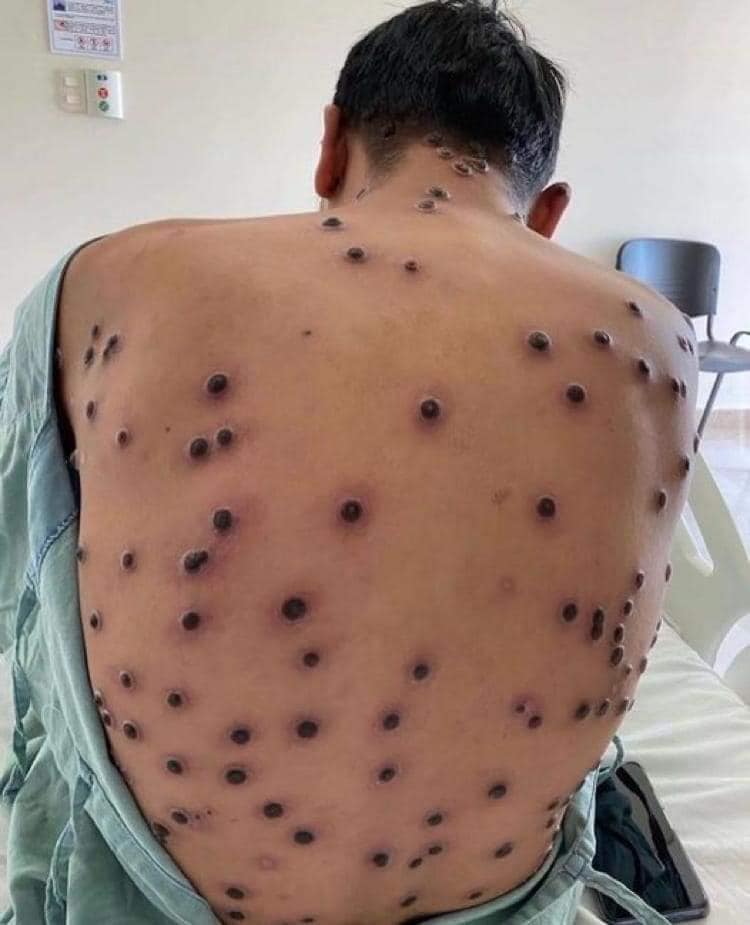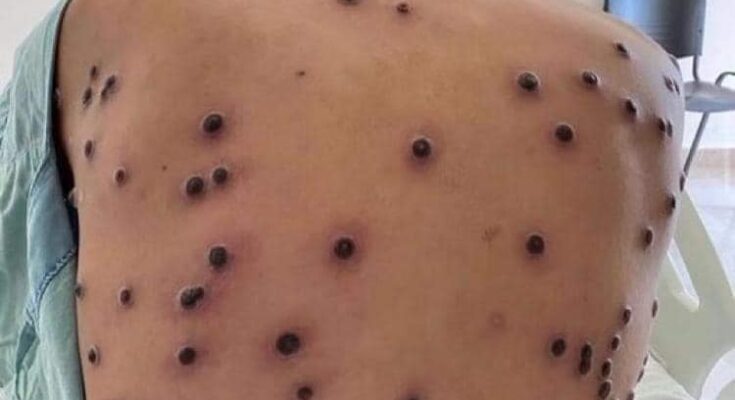
Monkeypox, a viral zoonotic disease, has garnered significant attention due to its global spread in recent years. While it was once considered a rare illness confined to specific regions in Africa, the increasing cases worldwide underscore the importance of understanding, preventing, and managing this disease. Here’s a comprehensive guide to monkeypox, its symptoms, transmission, and management.
What is Monkeypox?
Monkeypox is caused by the monkeypox virus, a member of the Orthopoxvirus genus, which also includes the variola virus responsible for smallpox. Although the symptoms are similar to smallpox, monkeypox is generally less severe and has a lower mortality rate. The disease was first identified in 1958 in laboratory monkeys, hence its name, though rodents are now considered the primary reservoirs.
Symptoms of Monkeypox
Monkeypox typically presents in two phases:
- Prodromal Stage:
- Fever
- Headache
- Muscle aches
- Fatigue
- Swollen lymph nodes (a key differentiator from smallpox)
- Rash Stage:
- A rash develops 1-3 days after the fever onset.
- The rash progresses through stages: macules, papules, vesicles, pustules, and scabs.
- It often begins on the face and spreads to other parts of the body, including palms and soles.
The illness typically lasts 2-4 weeks, with most individuals recovering fully.
How is Monkeypox Transmitted?
Monkeypox spreads through close contact with an infected person or animal. Transmission routes include:
- Direct Contact: With skin lesions, bodily fluids, or scabs of an infected person.
- Respiratory Droplets: Prolonged face-to-face contact can lead to transmission via respiratory secretions.
- Contaminated Objects: Sharing items such as bedding, towels, or clothing with an infected person.
- Animal-to-Human: Through bites, scratches, or handling infected animals, particularly rodents.
Key Guidelines for Managing Monkeypox
- Early Detection and Isolation:
- Prompt identification of symptoms is crucial for containment.
- Isolate suspected or confirmed cases to prevent further spread.
- Hygiene Practices:
- Regular handwashing with soap and water or using alcohol-based hand sanitizers.
- Disinfect surfaces and objects frequently touched by an infected individual.
- Personal Protective Equipment (PPE):
- Health workers and caregivers should wear gloves, masks, and gowns when attending to patients.
- Vaccination:
- Smallpox vaccines, such as Jynneos or ACAM2000, provide protection against monkeypox.
- Vaccination is recommended for close contacts of confirmed cases and healthcare workers at risk.
- Antiviral Treatment:
- Antiviral drugs like Tecovirimat (ST-246) may be used under certain conditions to treat severe cases.
- Community Awareness:
- Educate the public about monkeypox, its symptoms, and preventive measures.
- Combat misinformation and stigma surrounding the disease.
Preventing Future Outbreaks
Efforts to prevent monkeypox require a coordinated approach, including:
- Surveillance and Reporting: Strengthening healthcare systems to detect and report cases promptly.
- Animal Control: Reducing contact with wild animals and regulating the exotic pet trade.
- Research: Investing in studies to better understand the virus, its transmission, and treatment options.
Conclusion
Monkeypox is a manageable disease with the right preventive and treatment measures in place. By fostering awareness, adhering to public health guidelines, and supporting global efforts to control its spread, communities can mitigate the impact of this emerging health threat.



